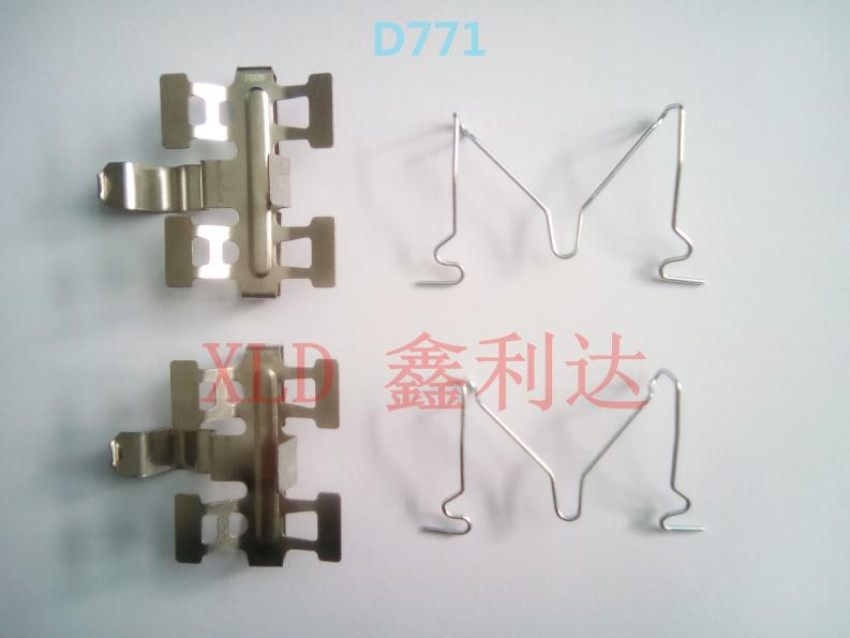
The braking system of a vehicle is crucial to its safety, and one of the key components that help to maintain its proper function is the brake return spring. This small yet essential part helps to retract the brake pads or shoes, ensuring that they do not remain engaged with the rotor or drum once the brakes are released. In this article, we will discuss what a brake return spring is, its importance, and when to replace it.
What is a Brake Return Spring?
A brake return spring is a coiled spring that is typically located inside the caliper or on the brake shoe lever. It applies force to the caliper or brake shoe lever, allowing it to return to its resting position when the brake pedal is released. The return spring ensures that the brake pads or shoes are retracted from the rotor or drum, reducing friction and preventing unnecessary wear.
The Importance of a Brake Return Spring
The brake return spring is a crucial component of the braking system that ensures proper function and safety. Without a properly functioning return spring, the brakes may not fully disengage, causing the vehicle to drag or pull to one side. This can result in uneven tire wear, decreased fuel economy, and even brake failure.
When to Replace a Brake Return Spring
A brake return spring should be replaced if it shows signs of wear or damage. Some of the signs that may indicate a worn or damaged return spring include:
Reduced braking performance: If the brakes are not as responsive as they used to be, it may be due to a worn or damaged return spring. The brake pads or shoes may not fully retract, causing them to remain in contact with the rotor or drum, reducing braking power.
Uneven brake wear: If one set of brakes is wearing faster than the others, it may be due to a worn or damaged return spring. Uneven brake wear can also be caused by other issues, such as a stuck caliper or brake hose, so it's important to have the brakes inspected by a qualified mechanic.
Noise: A worn or damaged return spring can cause a rattling or squeaking noise when the brakes are applied or released.
Brake pedal feels soft or spongy: If the brake pedal feels soft or spongy, it may be due to a worn or damaged return spring. This can be caused by air in the brake lines, a leaking master cylinder, or other issues, so it's important to have the brakes inspected by a qualified mechanic.
It is recommended to have the brake system inspected regularly by a qualified mechanic to identify any potential issues with the return spring or other brake components. Brake return springs are relatively inexpensive, and replacing a worn or damaged one can help to ensure the safety and proper function of your vehicle's braking system.
In conclusion, a brake return spring may be a small component, but it plays a critical role in maintaining the safety and function of your vehicle's braking system. It is important to be aware of the signs of a worn or damaged return spring and to have it replaced promptly by a qualified mechanic to ensure the proper function of your brakes.


